Vegan Food with Nutrition Similar to Wild Rice

Similar to Wild Rice
One cup of cooked wild rice contains about 166 calories.Many foods are similar nutritionally to wild rice, including walnut, granola, quinoa and hazelnut.
We compared the nutritional profile of wild rice to hundreds of other foods with data from USDA.[1]
nuts, grains and legumes
There are quite a few seeds or grains that offer similar nutritional benefits to wild rice. Walnut, granola, quinoa, hazelnut and peanuts are all high in .Walnut

Similarity: > 95%
More nutritionally dense than wild rice, walnut is also high in and contains some of the same nutrients. Moreover, walnut contains more dietary fiber, protein, Vitamin C and calcium than wild rice.
For 100 grams of wild rice and walnut:
|
Wild Rice (5/8 cup) |
Walnut (7/8 cup) |
|---|
Walnut vs. Wild Rice
Granola

Similarity: > 95%
More nutritionally dense than wild rice, granola is also high in and contains some of the same nutrients. Also, granola contains more dietary fiber, protein and Vitamin C than wild rice.
For 100 grams of wild rice and granola:
|
Wild Rice (5/8 cup) |
Granola (7/8 cup) |
|---|
Granola vs. Wild Rice
Quinoa
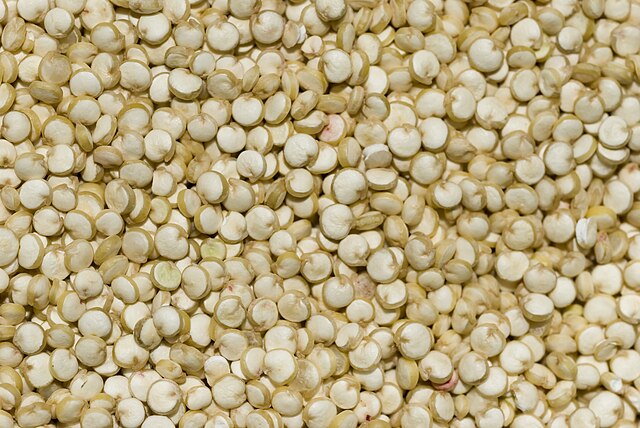
Similarity: > 95%
Quinoa is also high in and contains some of the same nutrients. Moreover, quinoa contains more dietary fiber, calcium, iron and potassium than wild rice.
For 100 grams of wild rice and quinoa:
|
Wild Rice (5/8 cup) |
Quinoa (1/2 cup) |
|---|
Quinoa vs. Wild Rice
Hazelnut

Similarity: > 95%
More nutritionally dense than wild rice, hazelnut is also high in and contains some of the same nutrients. Also, hazelnut contains more dietary fiber, protein and Vitamin C than wild rice.
For 100 grams of wild rice and hazelnut:
|
Wild Rice (5/8 cup) |
Hazelnut (3.5 ounces) |
|---|
Hazelnut vs. Wild Rice
Peanuts

Similarity: > 95%
More nutritionally dense than wild rice, peanuts are also high in and contains some of the same nutrients. Also, peanuts contains more dietary fiber, protein and Vitamin E than wild rice.
For 100 grams of wild rice and peanuts:
|
Wild Rice (5/8 cup) |
Peanuts (5/8 cup) |
|---|
Peanuts vs. Wild Rice
Soy Sauce
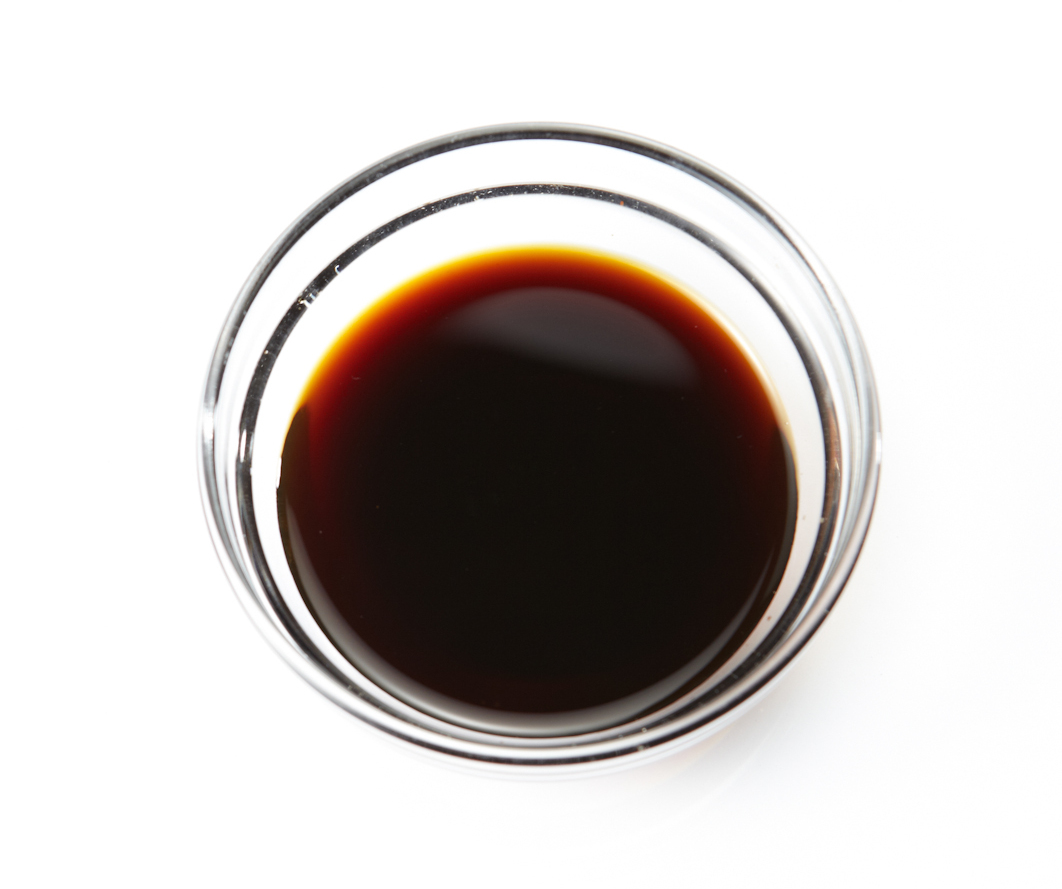
Similarity: > 95%
Soy sauce contains nutrients similar to wild rice, but in smaller amounts overall. Moreover, soy sauce contains more protein, calcium, iron, potassium and riboflavin than wild rice.
For 100 grams of wild rice and soy sauce:
|
Wild Rice (5/8 cup) |
Soy Sauce (6 tbsps) |
|---|
Soy Sauce vs. Wild Rice
Cornmeal

Similarity: > 95%
More nutritionally dense than wild rice, cornmeal is also high in and contains some of the same nutrients. Moreover, cornmeal contains more dietary fiber, protein, iron, potassium and thiamin than wild rice.
For 100 grams of wild rice and cornmeal:
|
Wild Rice (5/8 cup) |
Cornmeal (7/8 cup) |
|---|
Cornmeal vs. Wild Rice
Peanut Flour

Similarity: > 95%
More nutritionally dense than wild rice, peanut flour is also high in and contains some of the same nutrients. Moreover, peanut flour contains more dietary fiber, protein, calcium and iron than wild rice.
For 100 grams of wild rice and peanut flour:
|
Wild Rice (5/8 cup) |
Peanut Flour (1.75 cup) |
|---|
Peanut Flour vs. Wild Rice
Soy Flour
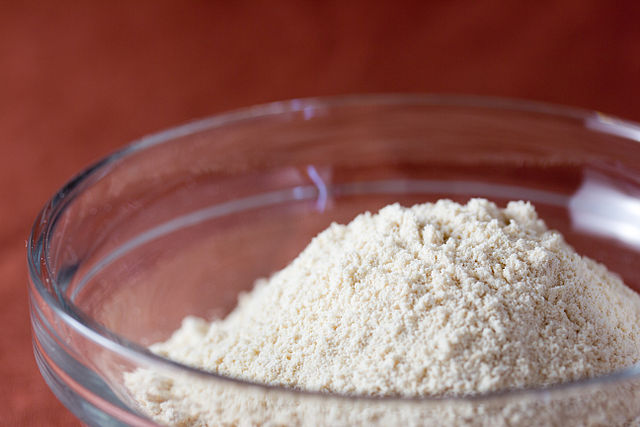
Similarity: > 95%
More nutritionally dense than wild rice, soy flour is also high in and contains some of the same nutrients. Also, soy flour contains more dietary fiber, protein and calcium than wild rice.
For 100 grams of wild rice and soy flour:
|
Wild Rice (5/8 cup) |
Soy Flour (1.25 cup) |
|---|
Soy Flour vs. Wild Rice
Pistachio

Similarity: > 90%
More nutritionally dense than wild rice, pistachio is also high in and contains some of the same nutrients. Also, pistachio contains more dietary fiber, protein and Vitamin C than wild rice.
For 100 grams of wild rice and pistachio:
|
Wild Rice (5/8 cup) |
Pistachio (7/8 cup) |
|---|
Pistachio vs. Wild Rice
Kidney Beans

Similarity: > 90%
Kidney beans are also high in and contains some of the same nutrients. Moreover, kidney beans contains more dietary fiber, protein, calcium, iron and potassium than wild rice.
For 100 grams of wild rice and kidney beans:
|
Wild Rice (5/8 cup) |
Kidney Beans (5/8 cup) |
|---|
Kidney Beans vs. Wild Rice
Flour

Similarity: > 90%
Flour is also high in and contains some of the same nutrients. Moreover, flour contains more dietary fiber, protein, calcium, iron and folate than wild rice.
For 100 grams of wild rice and flour:
|
Wild Rice (5/8 cup) |
Flour (3/4 cup) |
|---|
Flour vs. Wild Rice
White Beans
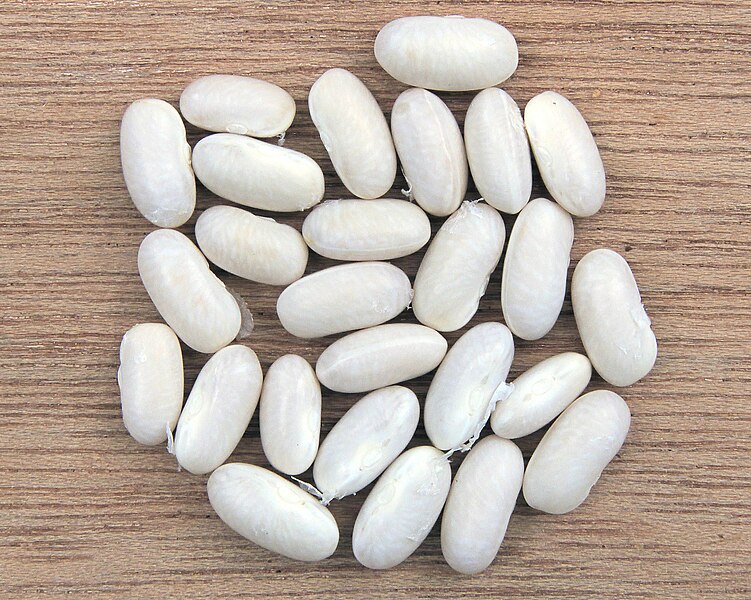
Similarity: > 90%
White beans are also high in and contains some of the same nutrients. Moreover, white beans contains more dietary fiber, protein, calcium, iron and potassium than wild rice.
For 100 grams of wild rice and white beans:
|
Wild Rice (5/8 cup) |
White Beans (3/8 cup) |
|---|
White Beans vs. Wild Rice
Black Beans
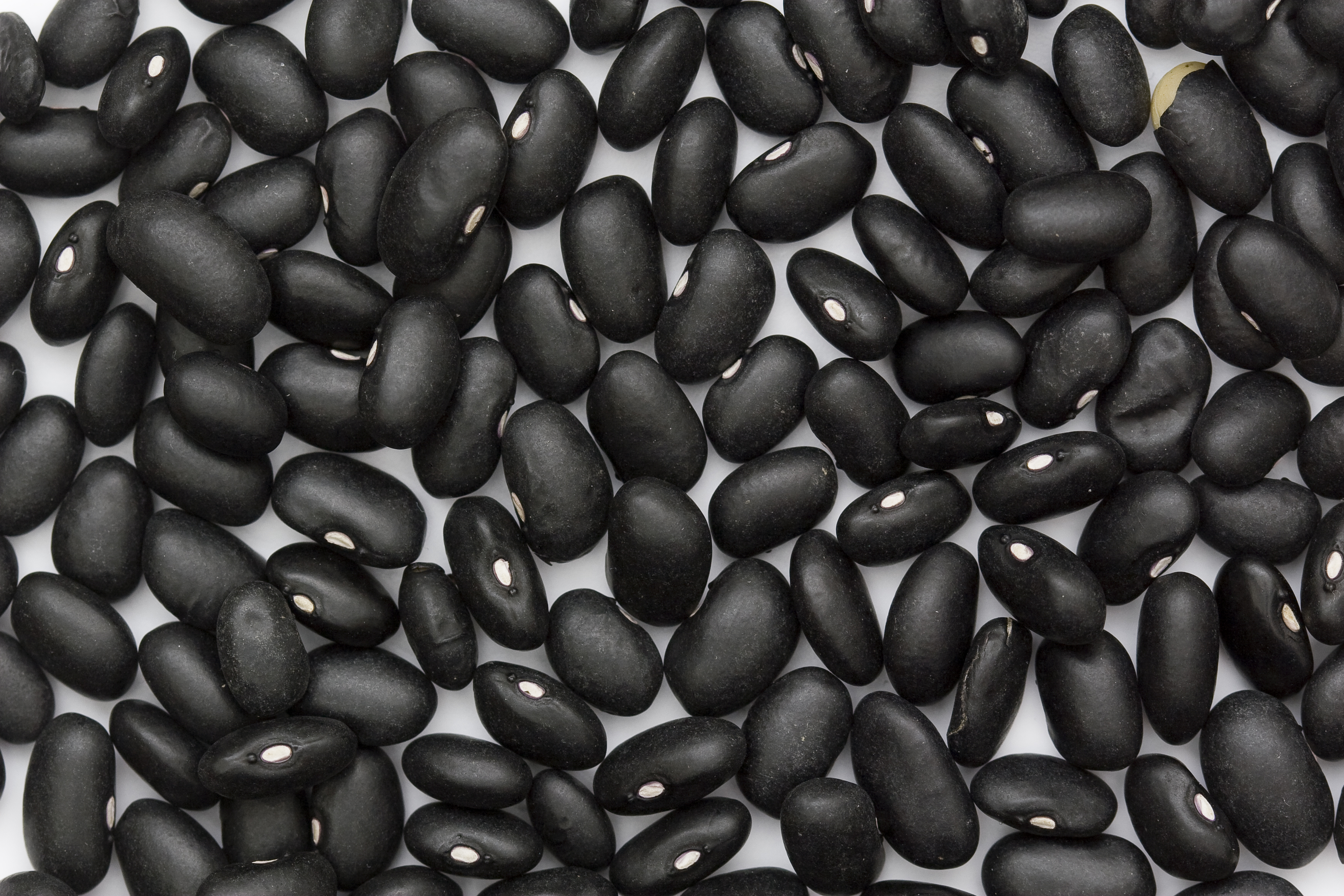
Similarity: > 90%
Black beans contain nutrients similar to wild rice, but in smaller amounts overall. Moreover, black beans contains more dietary fiber, protein, Vitamin C, calcium and iron than wild rice.
For 100 grams of wild rice and black beans:
|
Wild Rice (5/8 cup) |
Black Beans (about 3/8 cup) |
|---|
Black Beans vs. Wild Rice
plants and vegetables
Several plants and vegetables offer similar nutrients to wild rice including lima beans, sprouted peas, dijon mustard, alfalfa sprouts and yellow corn.Lima Beans

Similarity: > 95%
More nutritionally dense than wild rice, lima beans are also high in and contains some of the same nutrients. Moreover, lima beans contains more dietary fiber, protein, Vitamin C, Vitamin A and calcium than wild rice.
For 100 grams of wild rice and lima beans:
|
Wild Rice (5/8 cup) |
Lima Beans (5/8 cup) |
|---|
Lima Beans vs. Wild Rice
Sprouted Peas

Similarity: > 95%
More nutritionally dense than wild rice, sprouted peas are also high in and contains some of the same nutrients. Moreover, sprouted peas contains more protein, Vitamin C, calcium, iron and potassium than wild rice.
For 100 grams of wild rice and sprouted peas:
|
Wild Rice (5/8 cup) |
Sprouted Peas (7/8 cup) |
|---|
Sprouted Peas vs. Wild Rice
Dijon Mustard

Similarity: > 95%
More nutritionally dense than wild rice, dijon mustard is also high in and contains some of the same nutrients. Also, dijon mustard contains more dietary fiber, protein and Vitamin C than wild rice.
For 100 grams of wild rice and dijon mustard:
|
Wild Rice (5/8 cup) |
Dijon Mustard (50 tsps) |
|---|
Dijon Mustard vs. Wild Rice
Alfalfa Sprouts

Similarity: > 90%
Alfalfa sprouts contain nutrients similar to wild rice, but in smaller amounts overall. Moreover, alfalfa sprouts contains more protein, Vitamin C, Vitamin A, calcium and pantothenic acid than wild rice.
For 100 grams of wild rice and alfalfa sprouts:
|
Wild Rice (5/8 cup) |
Alfalfa Sprouts (3 cups) |
|---|
Alfalfa Sprouts vs. Wild Rice
Yellow Corn

Similarity: > 90%
Yellow corn contains nutrients similar to wild rice, but in smaller amounts overall. Moreover, yellow corn contains more dietary fiber, Vitamin C, Vitamin A, calcium and potassium than wild rice.
For 100 grams of wild rice and yellow corn:
|
Wild Rice (5/8 cup) |
Yellow Corn (about 1 ear) |
|---|
Yellow Corn vs. Wild Rice
Peas

Similarity: > 90%
More nutritionally dense than wild rice, peas contain nutrients similar to wild rice, but in smaller amounts overall. Moreover, peas contains more dietary fiber, Vitamin C, Vitamin A and calcium than wild rice.
For 100 grams of wild rice and peas:
|
Wild Rice (5/8 cup) |
Peas (3/4 cup) |
|---|
Peas vs. Wild Rice